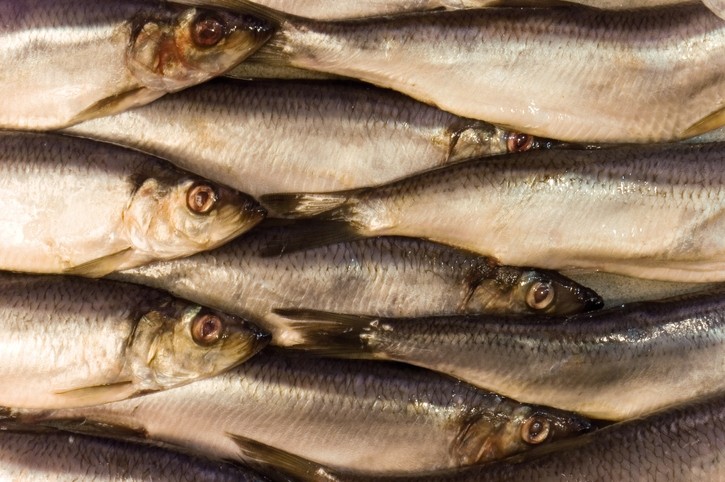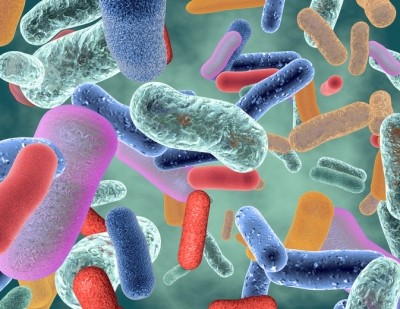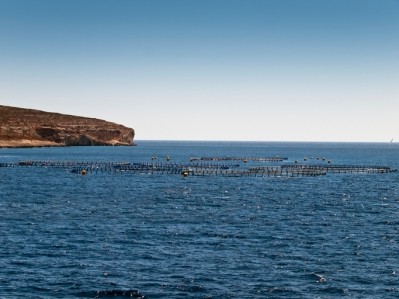Special Edition: Eubiotics developments
Essential oil use in the face of disease challenges

A team of researchers from several academic institutions in Brazil examined the use of an essential oil derived from Mentha piperita in fish feed in the face of disease challenge and pathogen presence. The group members published their work in the journal Aquaculture.
“The present study aimed to assess the antioxidant effects and resistance against pathogens of C. macropomum fed with essential oil of M. piperita,” the researchers said in the study.
The researchers found that tambaqio receiving feed supplemented with 1% of the essential oil (EO), had increased hepatic catalase activity along with an increase in respiratory activity.
“Reduction in monogenoideans abundance was observed in fish fed 0.5 and 1.0% of EO,” they said. “Although anti-helminth effects were observed, M. piperita EO in tambaqui diet did not promote leukocytes and lysozyme activity increases at the concentrations assessed.”
They suggested that other concentrations should be tested in future studies, as the combined use with other products, such as immunostimulants and probiotics.
Why menthe piperita essential oil?
Diseases have become an area of economic loss for aquaculture production, the researchers said. Globally the annual loss is estimated to be $1.05-$9.58bn.
Disease agents include bacteria, viruses, parasites, environmental stress and poor nutrition, they said. Although several chemotherapeutic products have been used to address disease, products are complex and not always efficient.
One alternative would be the use of immunostimulants along with probiotics and prebiotics, they said. “The application of immunostimulants in fish diets has been considered a more effective approach to health management in aquaculture due to the enhancement of immune capability and diseases resistance,” they added.
Peptides like antibodies, lysozymes and other lipid factors are considered a “first line” of defense, the researchers said. They prevent the colonization or adhesion of negative microorganism and could protect against infectious diseases.
“High or increased phagocytic activity against various pathogens has been reported in fish after treatment with different types of medicinal plants, including Mentha piperita (peppermint),” the researchers said. The plant may provide a low-cost alternative to use of medical products as it is tolerated in fish feeds and displays antioxidant properties and bioactive components.
In the fish species, Rutilus frisii kutum, use of the plant boosted growth performance and improved hematological and immune humoral elements, they added.
Methods and materials
Three test diets and a control were used in the feeding trial, said the researchers. Fish received one of the trial diets for a period of 30 days.
The four diets included 0%, 0.5%, 1% and 1.5% kg-1 of the peppermint essential oil, they said. The peppermint essential oil used in the trial was generated for the project and sprayed onto a commercial feed.
On day 30, a selection of fish receiving each diet was collected so blood and gill samples could be collected for analysis and determination of monogenoideans parasite presence, they said. Remaining fish were challenged with the bacteria Aeromonas hydrophila and observed for a 15-day period to assess mortality and watch for signs of aeromoniosis.
Seven days after the disease challenge additional blood samples were taken from a selection of fish to check for respiratory activity in leukocytes and the amounts of lysozyme, the researchers said. Liver, kidney and renal and hepatic tissue samples also were collected.
“The immunostimulant and antioxidant potential of the essential oil in the diet was ascertained by analyzing the superoxide dismutase (SOD), catalase (CAT) and glutathione peroxidase (GPx) enzyme activity and the lipid peroxidation level (LPO),” they added.
Results
The fish did not display signs of alteration caused by the challenge with A. hydrophila, the researchers said. However, the diets did appear to have anti-helminth effects.
“Abundance of the monogenoideans A. spathulatus, N. janauachensis and M. boegeri on the gills of C. macropomum decreased when fed 0.5 and 1.0% M. piperita essential oil, but these anti-helminth effects were twelve-times higher in fish that received a diet containing 1.0% of this essential oil,” they said.
Fish on the 1% diet had increased catalase activity in the liver and the concentration of lipid hydroperoxide grew for fish getting the 1% and 1.5% diets, they said. Renal activity for superoxide dismutase fell in fish receiving the 1% and 1.5% diets, compared to those on the 0.5% diet.
Fish getting the 1% and 0.5% diets had less activity of glutathione peroxidase, while the concentration of lipid hydroperoxide grew for fish getting the 1% and 1.5% diets, they said.
After the disease challenge, fish on the 1% diet had higher amounts of respiratory activity when compared to fish getting the 0.5% diet, the researchers said. However, there was no change in the respiratory activity for leukocytes regardless of challenge.
Fish getting the 1% diet saw a drop in lysozymes after the disease challenge, when compared to those getting the 1.5% diet, they said. “However, there was an increase in the levels of lysozymes in all treatments after challenge with A. hydrophila, compared with the level prior to the challenge,” they added.
“The number of leukocytes, lymphocytes, neutrophils, eosinophils and thrombocytes did not present any alteration among fish fed on diets containing the essential oil of M. piperita,” they said. “Monocytes were more abundant among fish fed on a diet containing 1.5% of the essential oil of M. piperita than among fish fed on a diet containing 0.5% of this substance.”
Source: Aquaculture
Title: Antioxidants effects and resistance against pathogens of Colossoma macropomum (Serassalmidae) fed Mentha piperita essential oil
Authors: S Ribeiro, D Malheiros, I Guilozki, C Majolo, F Chaves, E Chagas, H de Assis, M Tavares-Dias, El Yoshioka
DOI: doi.org/10.1016/j.aquaculture.2018.02.024















